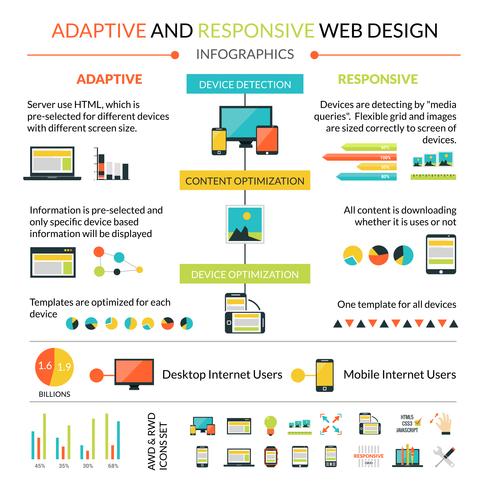Fascinated In Learning How Website Design Has Progressed For Many Years? Explore The Trip From Straightforward Layouts To User-Centered Techniques
Fascinated In Learning How Website Design Has Progressed For Many Years? Explore The Trip From Straightforward Layouts To User-Centered Techniques
Blog Article
Content Writer-Kahn Hejlesen
In the past, internet sites were easy and focused on details. Navigation was straight, and layout was for desktops. Currently, customer experience is vital. Information overviews designs for easy navigation. Receptive designs fit various tools. Today, dark setting reduces pressure, and minimalist food selections boost navigation. Interactive functions involve individuals, and bold visuals stand out. AI integration boosts interaction. See how layout has actually advanced to boost your online journey.
Very Early Days of Web Design
In the early days of web design, simpleness preponderated. Internet sites were basic, with limited shades, font styles, and designs. The focus got on offering details as opposed to showy visuals. Individuals accessed the internet through slow dial-up links, so rate and functionality were crucial.
Navigation food selections were straightforward, generally located at the top or side of the web page. Websites were designed for desktop computers, as mobile browsing wasn't yet common. Content was king, and designers focused on very easy readability over complicated design elements.
HTML was the main coding language used, and designers needed to function within its constraints. Animations and interactive attributes were minimal contrasted to today's requirements. Sites were fixed, with little vibrant content or individualized individual experiences.
Surge of User-Focused Layout
With the development of internet site style, a shift towards user-focused design principles has actually become increasingly popular. Today, producing websites that focus on individual experience is crucial for engaging site visitors and accomplishing company objectives. User-focused layout includes understanding the requirements, preferences, and behaviors of your target market to tailor the site's format, web content, and features appropriately.
Designers currently perform detailed research, such as user studies and functionality screening, to collect insights and responses straight from individuals. This data-driven strategy helps in creating instinctive navigation, clear calls-to-action, and visually appealing interfaces that resonate with visitors. By putting the user at the facility of the design process, websites can supply an extra tailored and satisfying experience.
check it out has actually additionally become a key facet of user-focused design, guaranteeing that websites are enhanced for numerous gadgets and screen sizes. This adaptability boosts availability and usability, dealing with the diverse methods users connect with sites today. Fundamentally, the rise of user-focused design signifies a change in the direction of producing electronic experiences that focus on the needs and assumptions of completion user.
Modern Trends in Website Design
Check out the most recent patterns forming web design today. One famous trend is dark mode style, supplying a sleek and modern-day look while lowering eye pressure in low-light environments. An additional crucial fad is minimalist navigating, streamlining menus and boosting user experience by concentrating on essential elements. Incorporating micro-interactions, such as computer animated buttons or scrolling results, can develop a much more engaging and interactive site. Responsive style remains critical, ensuring smooth user experiences across various devices. In addition, utilizing bold typography and unbalanced layouts can add aesthetic passion and accentuate details material.
Incorporating AI innovation, like chatbots for customer support or personalized suggestions, improves customer engagement and improves processes. Ease of access has likewise become a substantial fad, with developers prioritizing inclusive design methods to satisfy diverse user needs. Accepting sustainability by optimizing internet site efficiency for speed and efficiency is one more emerging trend in web design. Teaming up with individual responses and information analytics to repeat and improve layout continuously is crucial for staying appropriate in the ever-evolving electronic landscape. By welcoming these contemporary fads, you can develop an aesthetically appealing, easy to use internet site that resonates with your target market.
Verdict
As you assess the advancement of website layout from the very early days to currently, you can see how user-focused layout has become the driving force behind modern patterns.
Welcome the trip of modification and adaptation in website design, constantly keeping the individual experience at the leading edge.
Remain present with the current trends and technologies, and never stop advancing your technique to create aesthetically stunning and straightforward internet sites.
Develop, adjust, and develop - the future of web design is in your hands.
